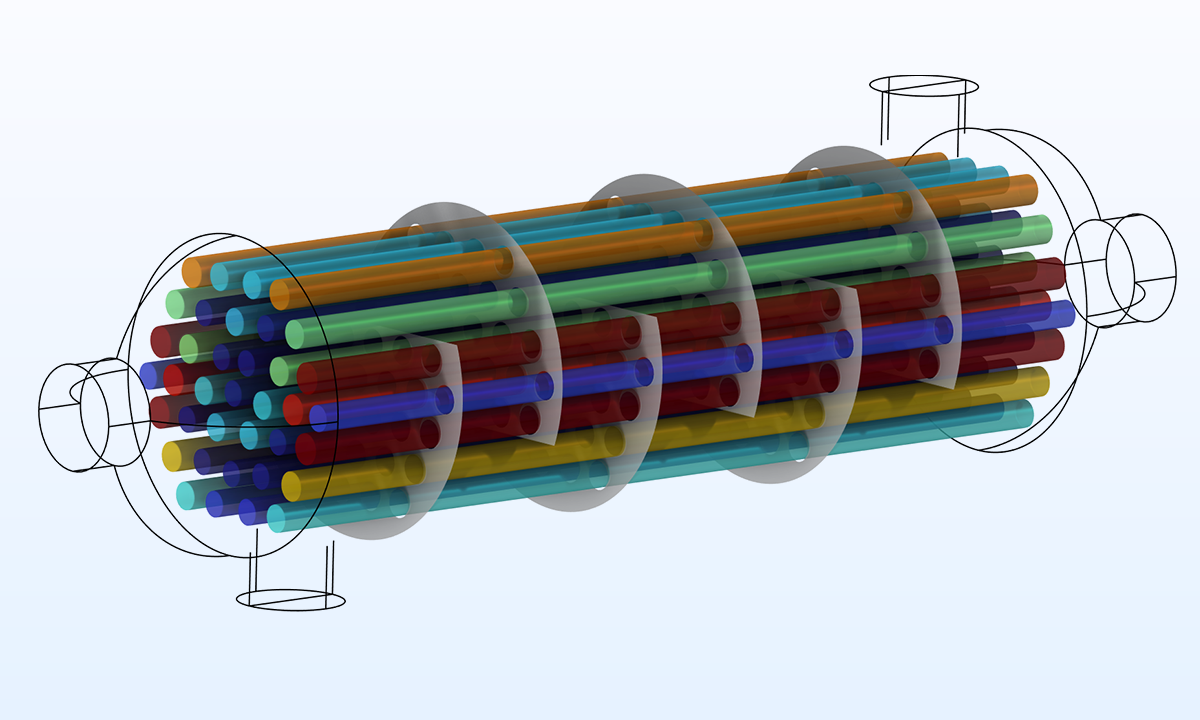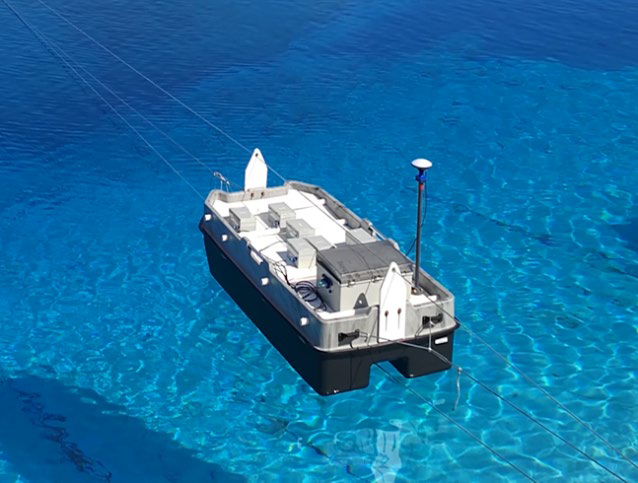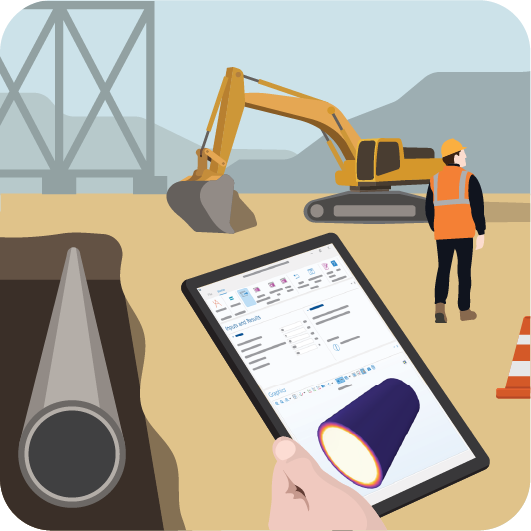Optimization of Heat Exchangers

When designing heat exchangers, it’s essential to consider the heat transfer rate, hydraulic resistance, and efficiency, and for some applications, it’s also important to consider the structural integrity. However, spending time and resources to study these components will be in vain if there is no affordable way to manufacture the finished product. Considering costs of design…
Present your use of modeling and simulation to fellow engineers, scientists, and researchers

At the COMSOL Conference 2025 Amsterdam, you have the opportunity to showcase your modeling and simulation work in front of a live audience. Presenters are also encouraged to submit a paper. After the conference, approved posters, slideshows, and papers are published in the online proceedings, which has a global reach. Read more
Training Uncrewed Underwater Vehicles for Visualization of Subsurface Structures

The University of Southern Mississippi builds and uses simulation apps to integrate machine learning models into the training of uncrewed underwater and surface vehicles. Read more
Driving EV Development with a Twin-Battery Approach
Considering energy efficiency, energy density, and environmental concerns, IAV combined complementary sodium-ion and solid-state lithium iron phosphate battery technologies in a twin-battery system optimized and validated with multiphysics simulation that opens up new possibilities for car manufacturers and battery designers. Read more
Simulation Belongs Where Decisions Are Made

Imagine a world where anyone can access the power of simulation without having to be an expert in building computational models. Colleagues in the field would be empowered to make decisions informed by simulation-assisted predictions, factory workers could confidently adjust manufacturing outputs on the fly, researchers could couple experimental data with simulation directly in the lab,…
Analyzing the “Muscles” of a Robotic Manta Ray

Soft robotics is a field gaining increasing interest among engineers, particularly due to its growing use in the biomedical industry. For example, as advancements in biomimicry continue to evolve and improve over time, soft robots have shown promise for applications such as prosthetics, artificial muscles, and surgical instruments. Actuators play a critical role in this field,…
How to Define Load Cycles in Battery Models

When modeling a battery system, specifying a load profile is critical for accurately representing how the battery will operate in a real-world scenario. In the COMSOL Multiphysics® software and the Battery Design Module, several approaches are available to accommodate such profiles in your battery model. This blog post discusses these approaches and elaborates on their implementations. To demonstrate…
COMSOL Conference 2025 Amsterdam
The COMSOL Conference 2025 Amsterdam brings together engineers, scientists, researchers, and managers for a 3-day in-person modeling and simulation event. Exchange ideas, learn from keynote and invited speakers, explore the poster hall, and choose from 20+ instructor-led minicourses where you will learn best practices and modeling techniques relevant to specific areas of interest. More info and…
Introduction to Conjugate Heat Transfer Modeling in COMSOL Multiphysics®

With COMSOL Multiphysics® and the add-on Heat Transfer Module, you can simulate conjugate heat transfer with laminar flow or turbulent flow. In this article, we provide a comprehensive introduction to single-phase flow, conjugate heat transfer modeling. Read more [Picture source: COMSOL, Inc. on linkedin.com]
How to Define Load Cycles in Battery Models

When modeling a battery system, specifying a load profile is critical for accurately representing how the battery will operate in a real-world scenario. In the COMSOL Multiphysics® software and the Battery Design Module, several approaches are available to accommodate such profiles in your battery model. This blog post discusses these approaches and elaborates on their implementations. To demonstrate…
